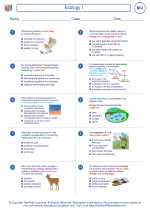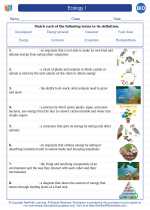Snow: Formation and Characteristics
Snow is a type of frozen precipitation that forms in the Earth's atmosphere when water vapor condenses directly into ice crystals. These ice crystals then join together to form snowflakes, which accumulate to create the white, fluffy substance that we commonly associate with winter.
Formation of Snow
Snow forms when the temperature in the atmosphere is cold enough for water vapor to undergo deposition, a process where water vapor transitions directly into solid ice without first becoming liquid. This typically occurs in clouds with temperatures below freezing point. As water vapor condenses into ice crystals, the crystals grow in size and complexity, eventually forming unique snowflakes.
Characteristics of Snow
Snowflakes come in a wide variety of shapes and sizes, each exhibiting intricate and symmetrical patterns. These patterns are a result of the unique environmental conditions and temperature gradients through which the snowflake falls. Snow is also characterized by its low density, which gives it its light, airy texture.
Study Guide: Understanding Snow
1. Formation of Snow
- What conditions are necessary for snow to form?
- Explain the process of deposition and how it leads to the formation of snowflakes.
2. Characteristics of Snow
- Describe the diverse shapes and patterns of snowflakes.
- Explain the low-density nature of snow and how it contributes to its unique properties.
3. Importance of Snow
- Discuss the ecological and environmental significance of snow, particularly in regions with seasonal snowfall.
- Examine the role of snow in the Earth's water cycle and its impact on local ecosystems.
4. Human Interactions with Snow
- Explore the cultural and recreational significance of snow, including winter sports and traditions associated with snowy landscapes.
- Investigate the practical uses of snow in industries such as winter tourism, agriculture, and water resource management.
[Snow] Related Worksheets and Study Guides:
.◂Biology Worksheets and Study Guides High School. Ecology I

 Worksheet/Answer key
Worksheet/Answer key
 Worksheet/Answer key
Worksheet/Answer key
 Worksheet/Answer key
Worksheet/Answer key
 Vocabulary/Answer key
Vocabulary/Answer key
 Vocabulary/Answer key
Vocabulary/Answer key
